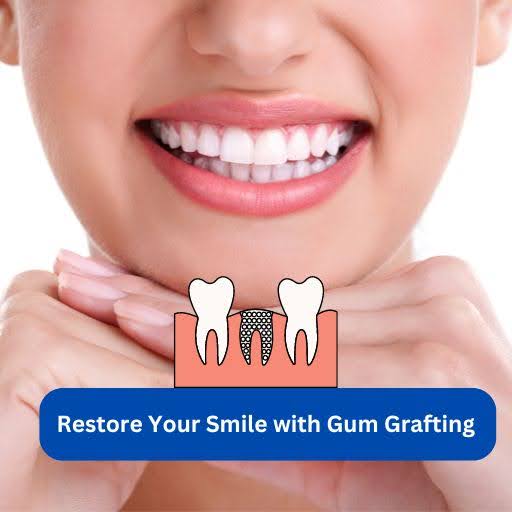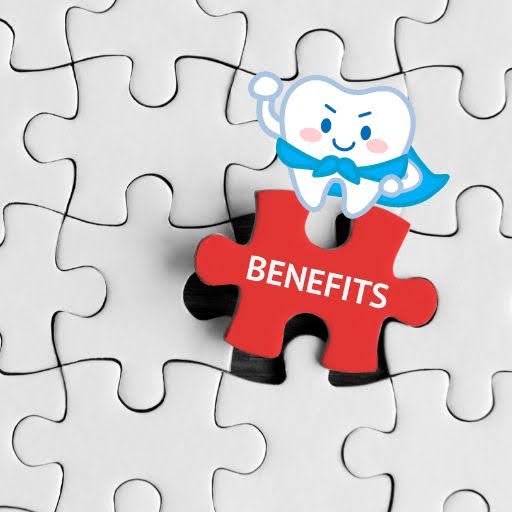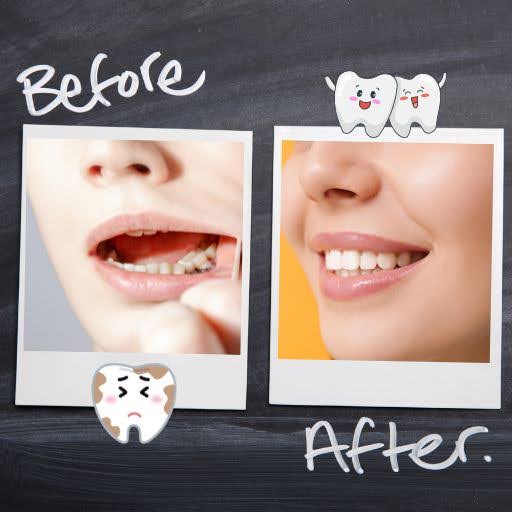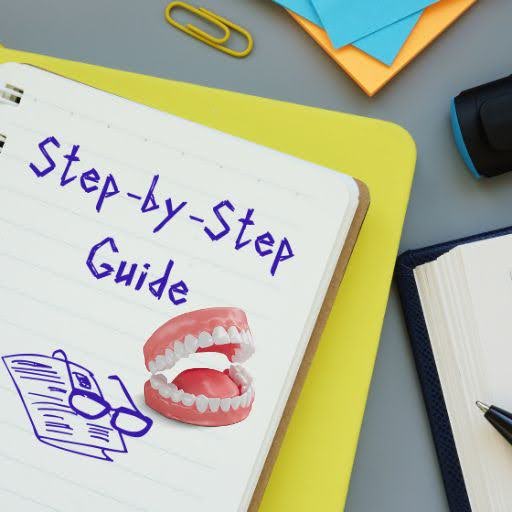
Introduction
Gum grafting is a dental procedure that helps fix your gums and improve your smile. If your gums are pulling back (called gum recession), this treatment can help. In this blog post, we’ll look at why gum grafting is important, the benefits it offers, and what to expect during the procedure.
Summary
2. Why Do You Need Gum Grafting?
3. The Types of Gum Grafting Procedures
4. The Benefits of Gum Grafting
5. What to Expect Before the Procedure
6. The Gum Grafting Procedure: Step by Step
7. Recovery After Gum Grafting
1. What is Gum Grafting?

Gum grafting, also known as gingival grafting, is a surgery where tissue is taken from one part of your mouth and moved to cover the area where the gums have pulled back. This treatment is especially important for people with gum recession, which can cause tooth sensitivity, decay, and even loss of teeth if not treated.
The main purpose of gum grafting is to bring your gumline back to a healthier position. This helps protect your teeth and makes your smile look better. Overall, this procedure can greatly improve your oral health and increase your confidence.
2. Why Do You Need Gum Grafting?

Gum grafting is very important for keeping your dental health in good shape for several reasons. One main cause of gum recession is periodontal disease, which harms the tissues supporting your teeth. Other reasons for gum recession include brushing too hard, genetics, and hormonal changes.
When gums pull back, the roots of your teeth can show. This can make your teeth sensitive to hot and cold and can also make them more likely to get cavities. Plus, receding gums can make your smile look uneven, which can hurt your self-esteem. Choosing gum grafting can help solve these issues effectively.
3. The Types of Gum Grafting Procedures

Understanding the different types of gum grafting procedures can help you make an informed decision about your treatment. There are three primary types of gum grafting:
- Free Gingival Graft: This method involves taking tissue from the palate (the roof of your mouth) and attaching it to the area of gum recession. It is often used for patients with thin gums.
- Connective Tissue Graft: This is the most common method, where tissue is taken from beneath the surface of the palate. This graft is then placed on the affected gum area. It offers excellent results and is ideal for significant gum recession.
- Pedicle Graft: In this procedure, a flap of gum tissue is partially detached and moved over the exposed tooth root. This method is suitable when there is sufficient gum tissue available adjacent to the recession site.
Each type of graft has its specific applications and benefits, so discussing your options with a dental professional is essential to determine the best approach for you.
4. The Benefits of Gum Grafting

Choosing to undergo gum grafting offers numerous advantages that contribute to improved dental health and aesthetics. Here are some key benefits:
- Prevention of Further Recession: Gum grafting helps stabilize the gum tissue, preventing additional recession and protecting the underlying bone.
- Enhanced Tooth Protection: By covering exposed tooth roots, gum grafting reduces the risk of decay and sensitivity, promoting better oral health.
- Improved Aesthetics: A well-defined gumline enhances the appearance of your smile. Gum grafting can create a balanced and harmonious look, boosting your confidence.
- Long-Term Oral Health: Investing in gum grafting can lead to long-term benefits, including improved gum health and decreased risk of tooth loss.
These benefits illustrate why gum grafting is more than just a cosmetic procedure; it’s a vital step in preserving your overall dental health.
5. What to Expect Before the Procedure

Getting ready for gum grafting involves a few important steps. First, you need to have a detailed consultation with your dentist. In this meeting, your dentist will check the health of your gums and see how much they have receded. They will also talk about the best type of grafting procedure for you.
Besides the check-up, your dentist may suggest some things to do beforehand. This could include cleaning your teeth and gums to lower the chance of infection and asking you to stop using tobacco products, as they can slow down healing.
Also, knowing what to expect can help ease any worries you might have. Your dentist will explain the procedure in detail, including what type of anesthesia you can have and what you’ll feel during and after the surgery.
6. The Gum Grafting Procedure: Step by Step

The gum grafting procedure typically involves several steps, which are designed to ensure your comfort and safety.
- Anesthesia: Your dentist will administer local anesthesia to numb the treatment area, ensuring you feel no pain during the procedure.
- Graft Harvesting: Depending on the type of graft, tissue will be harvested from either the palate or a donor site.
- Preparation of the Graft Site: The area where the gum tissue will be applied will be cleaned and prepared to ensure a successful attachment.
- Placement of the Graft: The harvested tissue will be carefully positioned over the area of recession and secured with sutures.
- Post-Operative Care: After the procedure, your dentist will provide instructions on how to care for your mouth as it heals.
Each step is crucial in ensuring the procedure’s success, and your dental team will be there to guide you through the process.
7. Recovery After Gum Grafting

Recovering from gum grafting is an important stage that needs special attention to care after the surgery. In the first few days, you might feel some discomfort and swelling, but this can usually be managed with the pain relief medicine your dentist prescribes.
During your recovery, it’s very important to follow your dentist’s instructions. This may mean avoiding hard or crunchy foods and eating soft foods for the first few days. Keeping your mouth clean is also crucial, but you should be gentle around the area where the graft was done.
You should also go to any follow-up appointments to check how well you’re healing. Your dentist will look at the graft site to make sure it’s healing correctly and will adjust your care plan if needed.
8. Maintaining Your New Smile

After your gum grafting procedure is finished and you’ve healed, it’s important to take care of your new smile. This means practicing good oral hygiene, like brushing gently around the gumline and flossing every day.
Regular dental check-ups are also very important to keep an eye on your gum health. Your dentist can spot any potential problems early and give you tips on how to maintain your results. Sometimes, you may need additional treatments to ensure everything stays successful.
Taking care of your oral health after gum grafting will help you enjoy the benefits of a healthy, beautiful smile for many years.
FAQs
Q.1. What is gum grafting?
A.1. Gum grafting is a surgical procedure where gum tissue is transplanted to cover exposed tooth roots due to gum recession.
Q.2. How long does the recovery take?
A.2. Recovery typically takes about 1 to 2 weeks, but full healing may take several months.
Q.3. Is gum grafting painful?
A.3. Local anesthesia is used during the procedure, so you shouldn’t feel pain. Some discomfort may occur afterward, which can be managed with pain relievers.
Q.4. How do I maintain my results after gum grafting?
A.4. Maintain good oral hygiene, follow your dentist’s care instructions, and schedule regular check-ups to monitor your gum health.
Q.5. Who is a candidate for gum grafting?
A.5. Individuals with gum recession, sensitivity, or aesthetic concerns about their smile may benefit from gum grafting. A consultation with a dentist will help determine eligibility.
Conclusion:
Gum grafting is a valuable procedure that can significantly enhance your oral health and aesthetics. If you’re struggling with gum recession, it’s essential to consult a dental professional to explore your options. With the right treatment, you can restore your smile and confidence.
Don’t wait any longer to take control of your dental health. Restore your smile with gum grafting and enjoy the benefits of a beautiful and healthy smile!
For personalized assistance or to book a consultation, reach out to our team at (267) 908-4867 or visit our website at https://premierperiodonticspa.com/contact-us/. Your smile is our priority, and we’re here to offer the support and care you need for a smooth dental experience. Trust us to take care of your oral health and help you achieve a bright, healthy smile!









